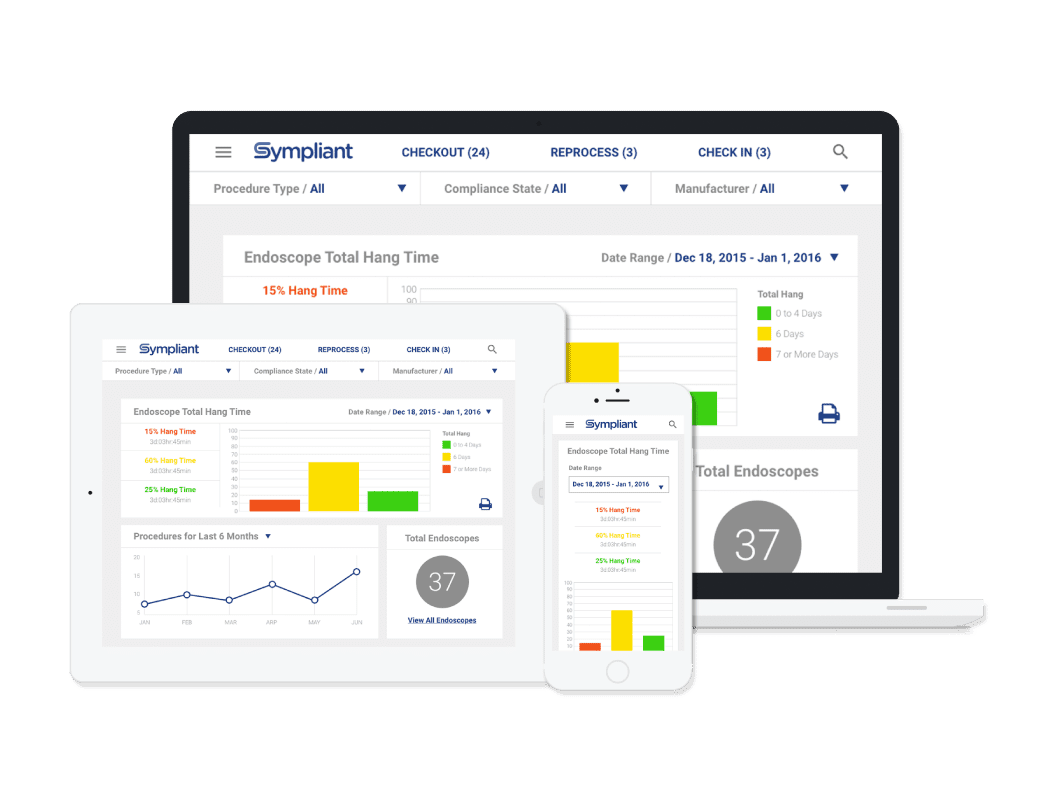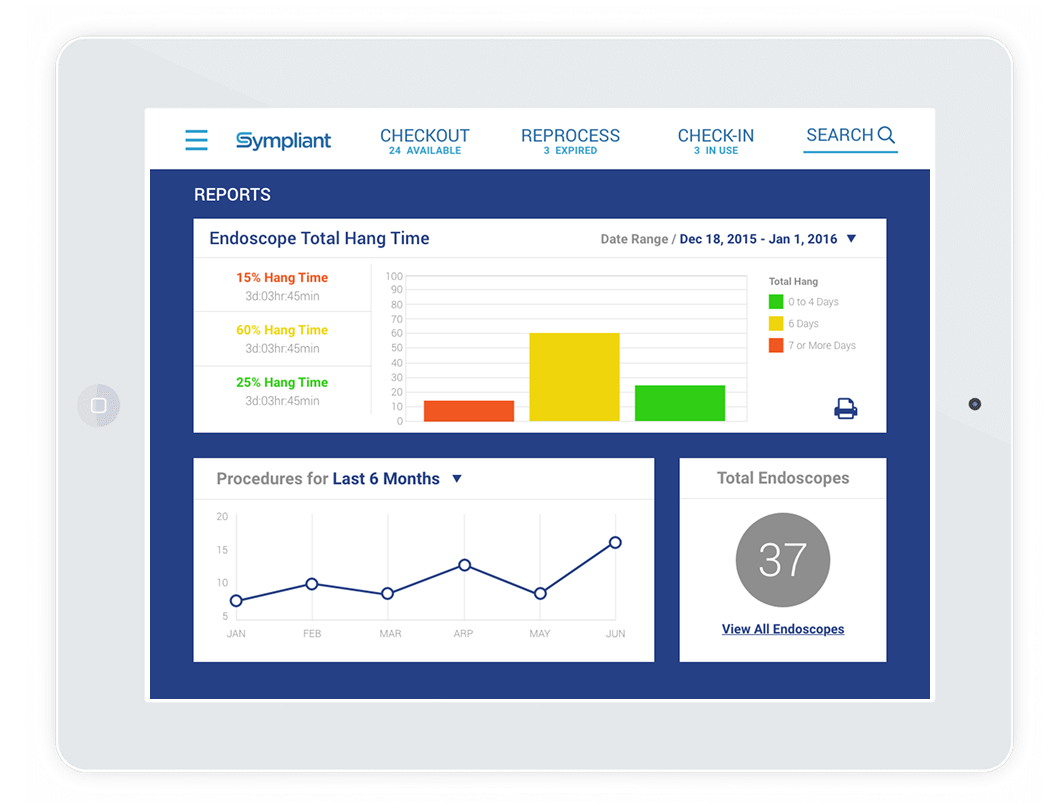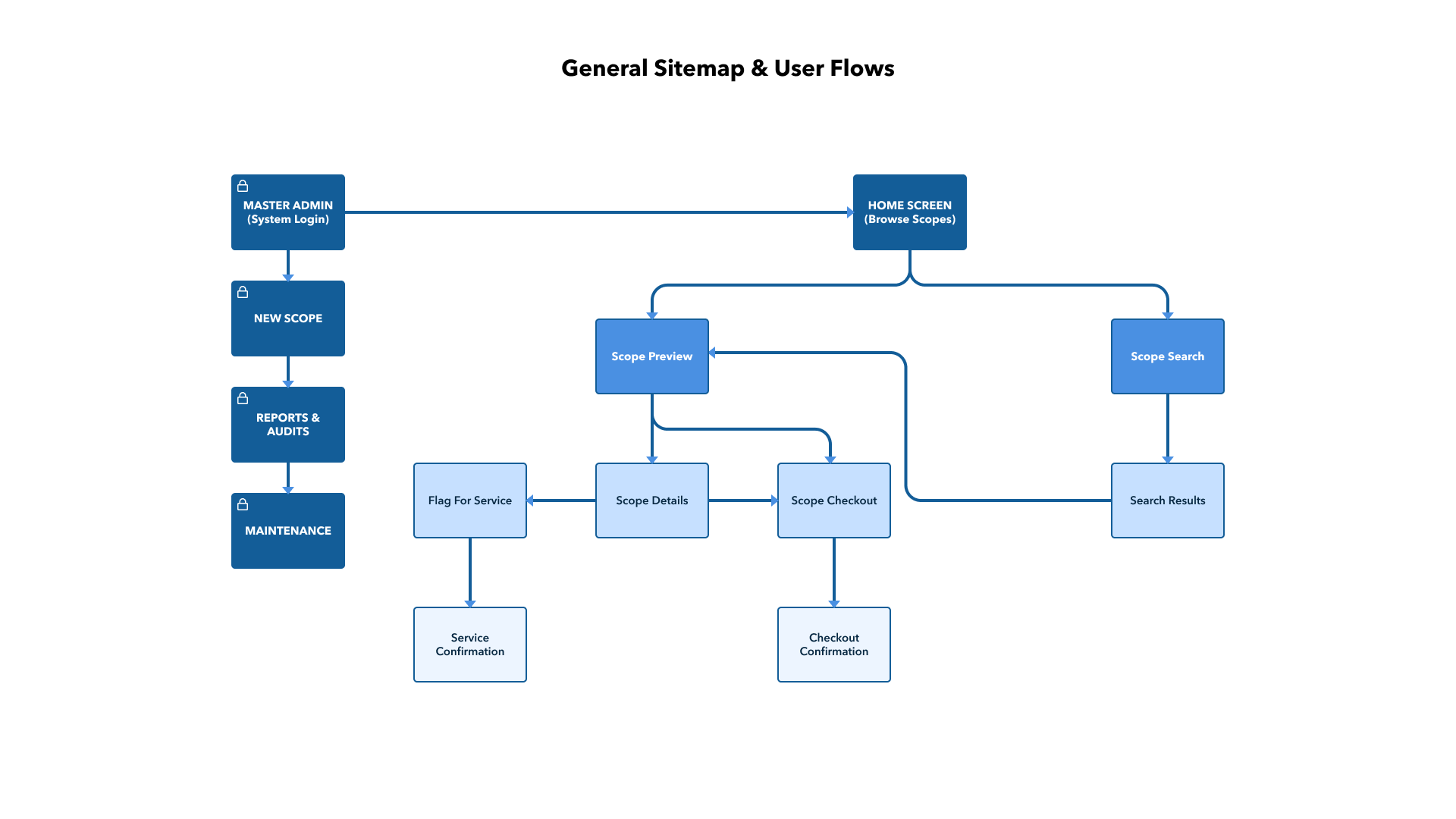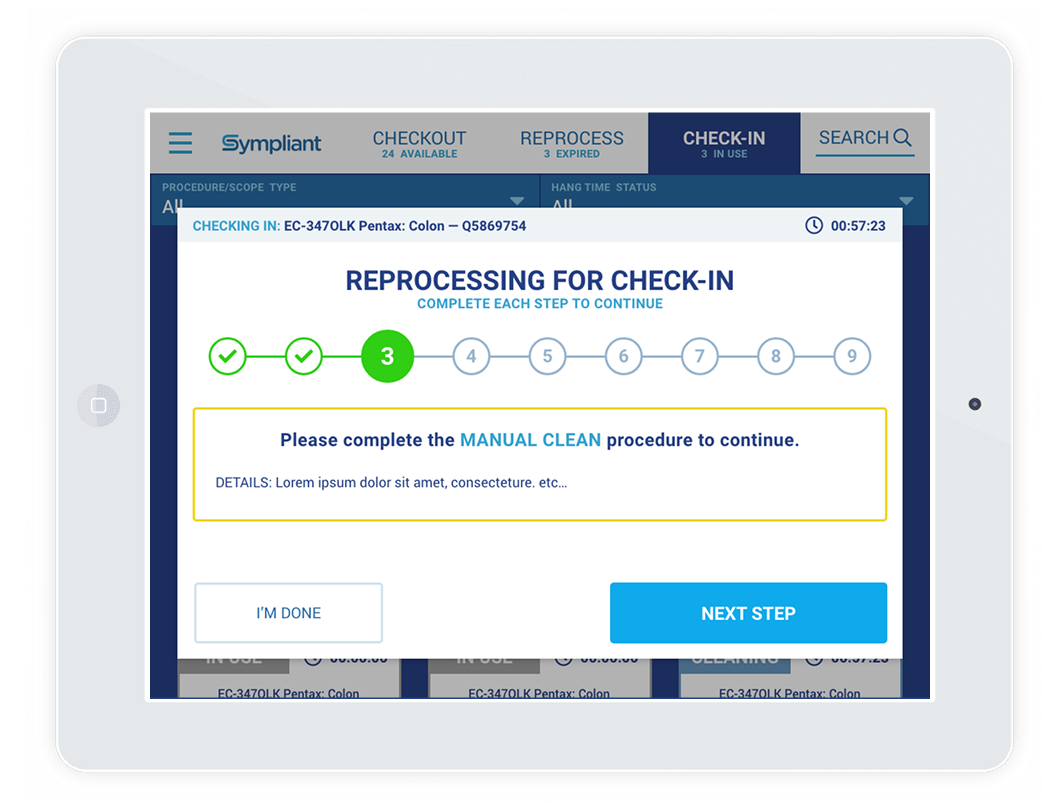Case Study
Revolutionary GI Lab Platform
Digital Healthcare Platform for Process Efficiency

Project Overview
Context | Sympliant is reshaping how GI labs operate—enhancing patient safety, procedural efficiency, data quality, and reporting capabilities. Workhorse partnered to craft both the digital platform UX/UI and the brand identity and go-to-market toolkit.
Project Details
Project Title
Elevating GI Lab Operations: UX & Brand Design for Sympliant
Company / Client
Sympliant (Healthcare‑tech startup)
Product Type
Digital platform for monitoring, analytics, tracking & reporting in GI labs, alongside full brand identity and marketing ecosystem
Timeline
~6 months (Discovery → Launch)
Role
Lead UX/UI Designer
Team
Product Lead, Developers, Marketers, Brand Strategist, GI Lab Technicians
Deliverables
UX research reports, user flows, wireframes, high-fidelity mockups, brand identity guide, marketing site, pitch deck, swag, agile feedback loops

Problem Statement
Design Challenge | How might we design a streamlined and intuitive digital experience that empowers GI lab technicians to accurately monitor, track, and report procedural activities—reducing manual effort, improving data accuracy, and enhancing operational visibility in a high-pressure, clinical environment?
Goals & Constraints
Business Goals
- Launch a trustworthy brand aimed at GI lab tech adoption
- Drive efficiency in procedural workflows
- Improve traceability, analytics, and reporting
User Goals
- Reduce manual tracking effort
- Access clear, actionable insights
- Generate compliant reporting with minimal friction
Constraints
- Complex clinical workflows
- FDA compliance requirements
- Lab environments vary in physical layout and standards

Discovery & Research
Methods
- In-person lab interviews and observational simulations with GI technicians
- Secondary research through use-case scenarios and usability tests
Insights
- Technicians needed seamless monitoring and minimal clicks during procedures
- Reporting was error-prone under stress
- Brand trust and clarity were essential in healthcare contexts
Personas
- GI Lab Technician
- Lab Manager
- Clinical Compliance Officer
Design Process
Information Architecture
Mapped core workflows: Monitor Procedure, Track Metrics, Generate Reports, Visual Analytics, all framed under a consistent brand layout and style guide.
Wireframes & Prototypes
Created workflows in Adobe XD; tested mid-fidelity prototypes during lab simulations—focused on minimal distractions, visibility of real-time data, and simplified reporting triggers.
Visual Design
Developed a clean, clinical UI aligned with brand identity—using calm color palettes, clear typography, intuitive icons, and layouts that emulate medical forms.
Brand & Marketing Assets
Designed logo iterations, brand guidelines (tone, color, visual language), marketing site, presentation decks, and branded swag to support go-to-market readiness.
Collaboration
Joined bi-weekly sprints with cross-functional partners, reviewed prototype walkthroughs, and adjusted deliverables based on lab technician inputs and compliance feedback.

Testing & Validation
Methods | Usability sessions with 5 GI lab technicians during live simulations; received direct feedback on flow clarity, reporting accuracy, and brand feel
Findings
80% found monitoring dashboards to be
more intuitive
reducing misclicks
Brand identity cited as
“professional and trustworthy”
by compliance officers
Workflow of Reporting
tasks is
more efficient
down from ~7 to ~3 steps
Impact & Outcomes
Business Impact
- Reduced manual reporting effort by 50%
- Enhanced procedural tracking accuracy by ~30%
- Supported confident brand launch in first labs using Sympliant
UX Metrics
- Task completion rate: 90% (baseline: 60%)
- Time-on-task for generating reports: –57%
- Satisfaction score: 4.8/5 from technician users
Qualitative Wins
- Technicians appreciated “flow that supports the work, not hinders it”
- Brand package was included in award submissions
Reflection
What Went Well
Immersive lab research informed purposeful workflows; tight brand–UX alignment boosted credibility.
Challenges
Navigating compliance oversight and clinical environment variability across sites.
Next Steps
Introduce real-time alerting dashboard, expand analytics features, refine mobile/tablet UI for on-site use.

